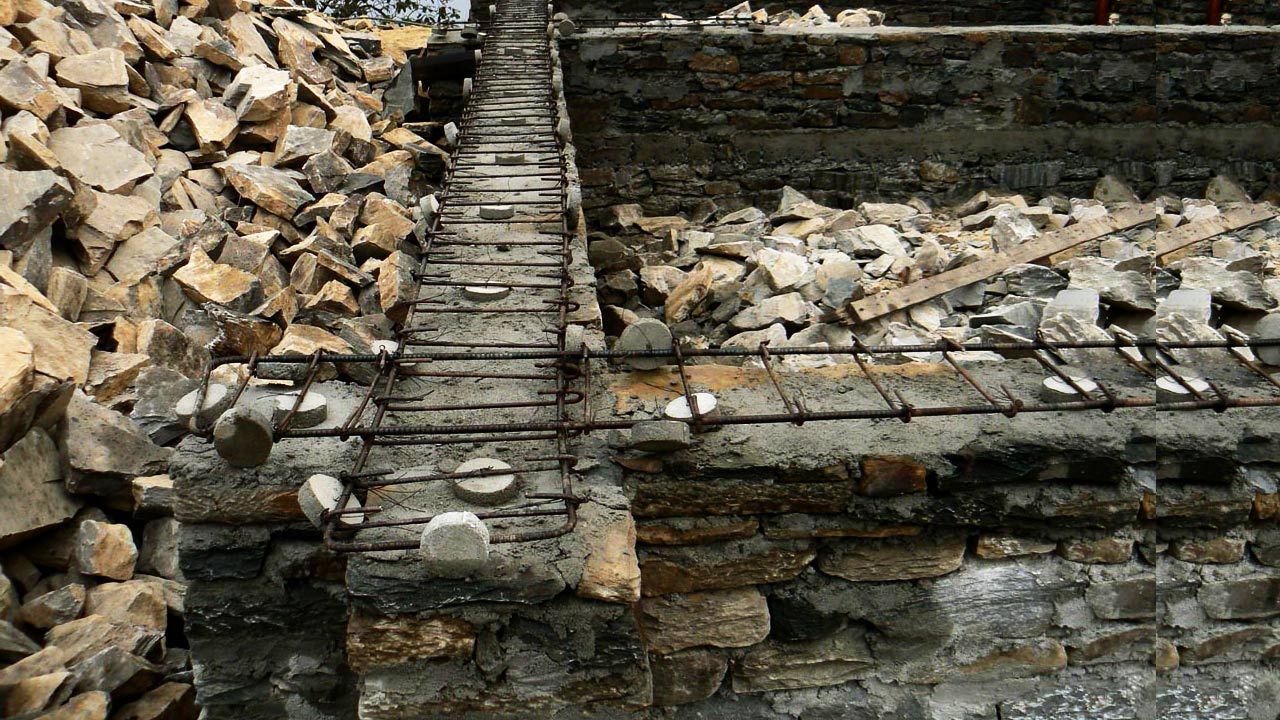Open for students and professionals of Civil, Structural and Earthquake Engineering. Send us an email to request the full assignment sheet via this link.
Past and current research:
2016 – 2017: Reuben O’Sullivan, Dublin Institute of Technology in Ireland
It is generally accepted that horizontal bands have a positive effect on the seismic resistance of constructions. Investigations after earthquakes show that buildings with horizontal ties can handle the seismic forces much better, as opposed to structures without these provisions, which have a far higher risk of damage and collapse. The same can be observed for vernacular architecture and traditional building techniques, for example wood-laced masonry structures are known to resist earthquakes quite well.
Horizontal bands come at many different shapes, sizes and materials. When we scan through the high volume of documentation and details, we can find about any size and dimension imaginable for wood members, beam dimensions and steel diameters. For any critical connection there are many different solutions, details and weaving patterns available.
A typical reinforced concrete beam consists of a number of horizontal steel rods, connected by stirrups at a specified interval. But we also see some examples where only one horizontal rod is used without any stirrups at all. We would like to know if the latter is adequate to begin with.
The main task of this assignment is to validate and optimize numbers, sizes, dimensions and details; for the most commonly used horizontal bands and reinforcements; but for different seismic hazard levels.
Between 2007 and 2012 Smart Shelter Foundation built 15 earthquake resistant schools in the mountain areas of Kaski District in Nepal. Some of them are built with rubbles stone masonry and other with hollow concrete blocks. Our schools survived the heavy earthquakes in April of 2015 without any significant damage.
Part of this assignment is a thorough assessment and optimization of all horizontal reinforcements, as well as all vertical provisions for these schools. More detailed information about the designs and need for optimization of the SSF projects, can be found here and here.
New ideas and technologies are entering the market, such as the use of polypropylene geomesh and an interesting concept by Randolph Langenbach called ‘gabion bands’. Cage-like ring beams are made by folding sheets of galvanized steel mesh, and filling these with rubble stones.
These may be good alternatives for areas where wood, cement and steel is scarce and building costs are high, and therefore need further exploration.
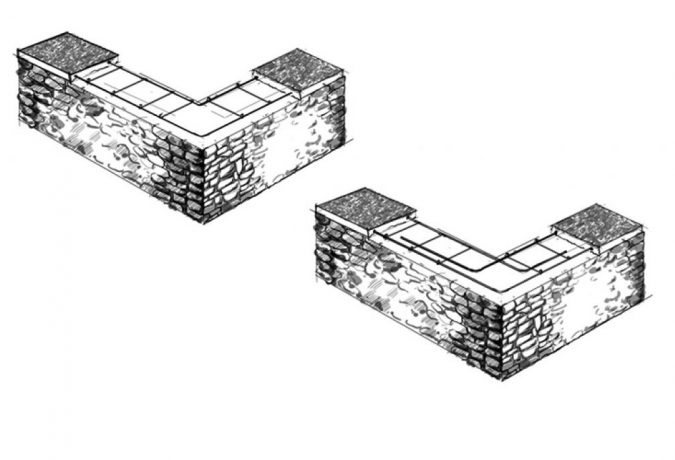 This assignment is about optimization of all horizontal band dimensions and details.
This assignment is about optimization of all horizontal band dimensions and details.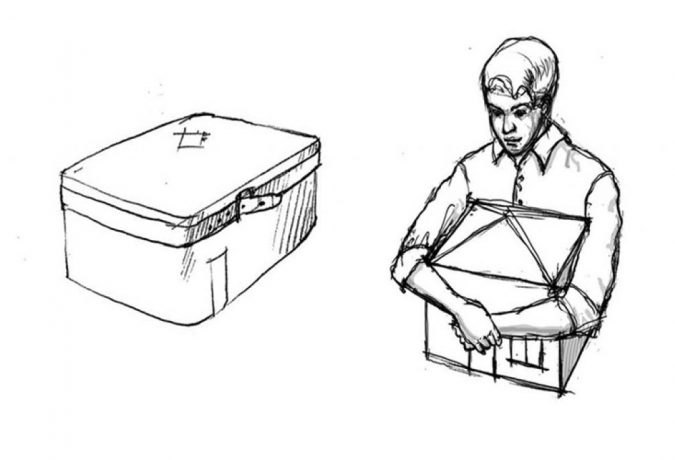 Lacking of such bands may result in out-of-plane failure of the walls.
Lacking of such bands may result in out-of-plane failure of the walls.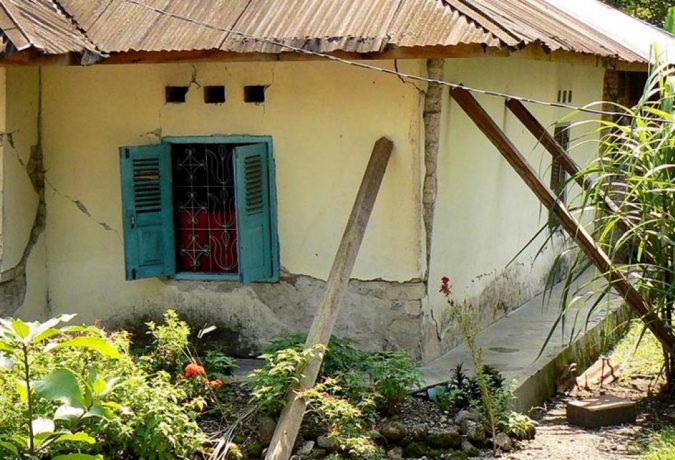 We must optimize all reinforcements, such as numbers and diameters of rods and stirrups.
We must optimize all reinforcements, such as numbers and diameters of rods and stirrups.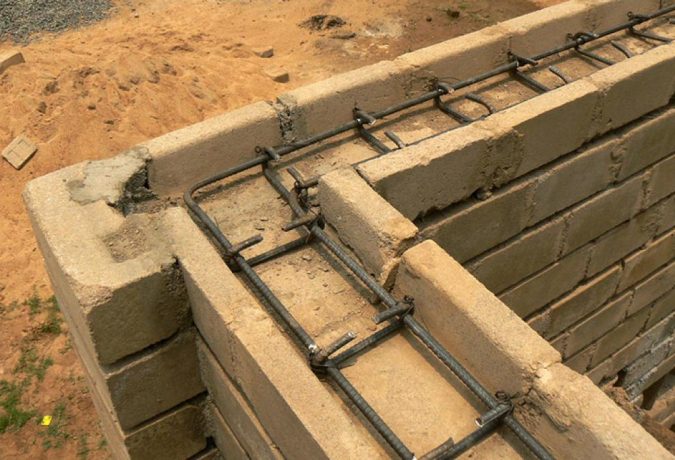 Massive cost savings can be made if we can prove that certain elements can be reduced in number or size.
Massive cost savings can be made if we can prove that certain elements can be reduced in number or size.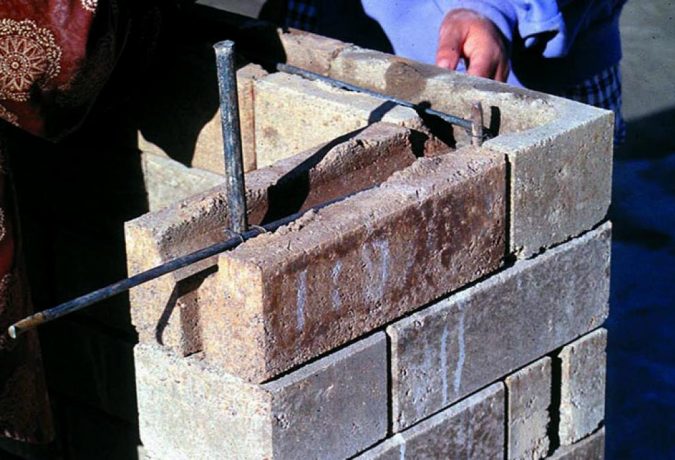 We would like to understand if reinforcements with only one rod are sufficient for modest seismic hazard levels.
We would like to understand if reinforcements with only one rod are sufficient for modest seismic hazard levels.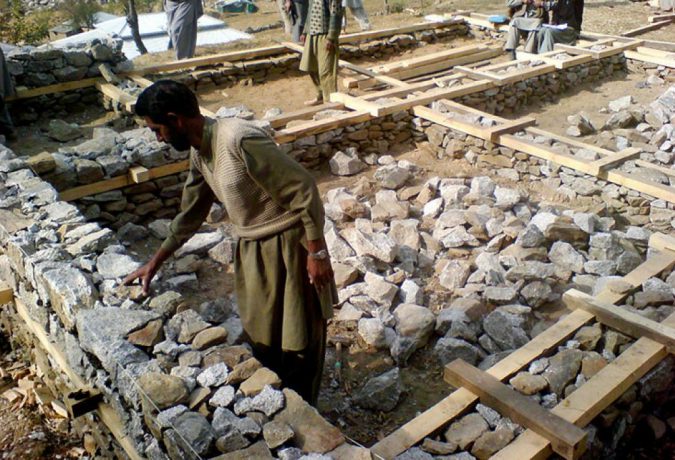 We want to figure out the best connections and details for wooden bands.
We want to figure out the best connections and details for wooden bands.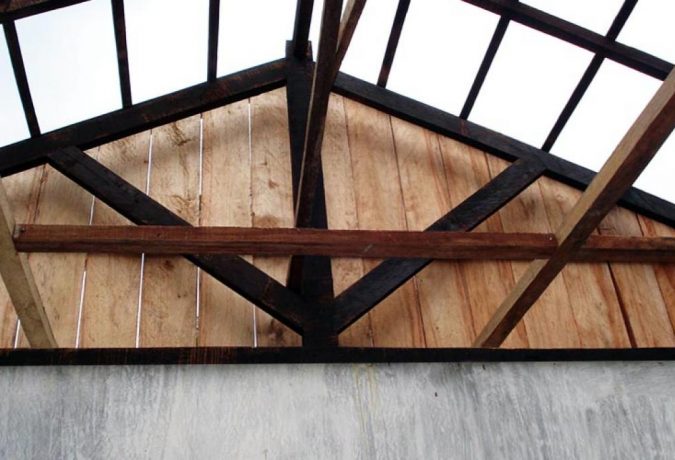 The roof can often act as diaphragm, and we need to fully understand this action.
The roof can often act as diaphragm, and we need to fully understand this action.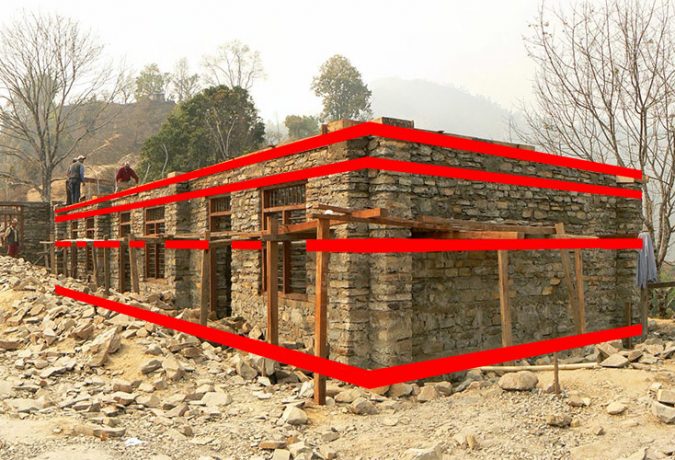 Part of the assignment is to optimize all horizontal band features in the Smart Shelter Foundation school designs.
Part of the assignment is to optimize all horizontal band features in the Smart Shelter Foundation school designs.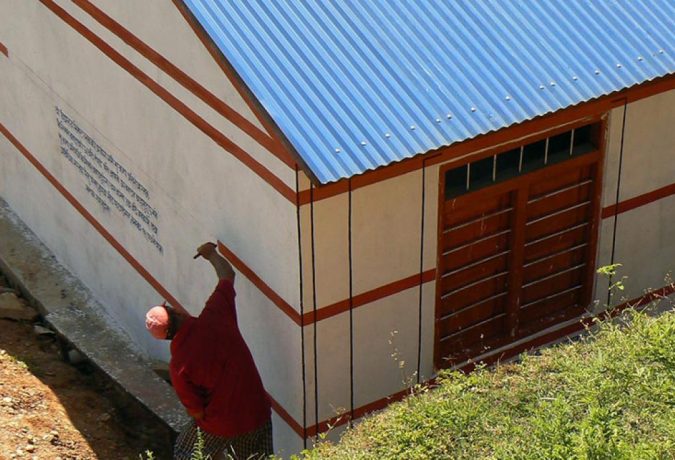 Technology transfer by painting the reinforcements on the plastered walls.
Technology transfer by painting the reinforcements on the plastered walls.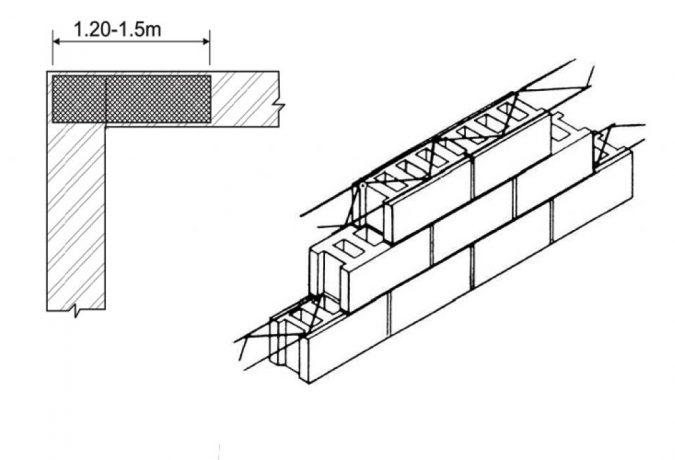 We will look for alternatives for beams like geomesh, or steel ladders in the masonry joints.
We will look for alternatives for beams like geomesh, or steel ladders in the masonry joints.